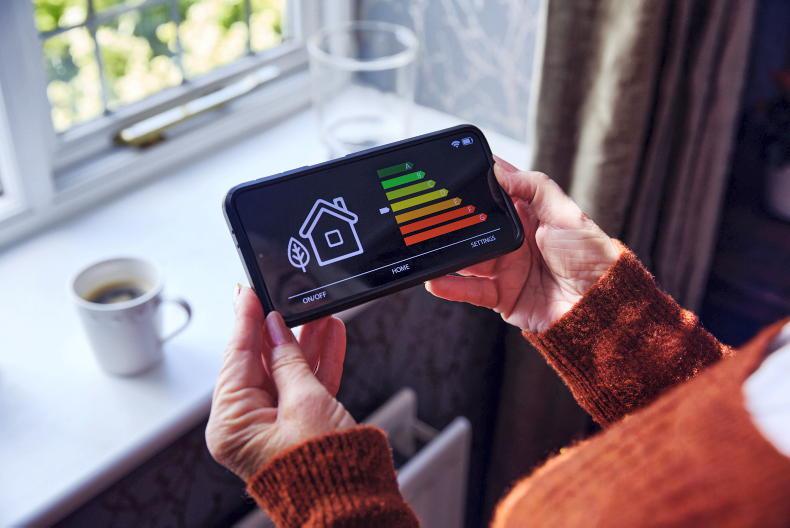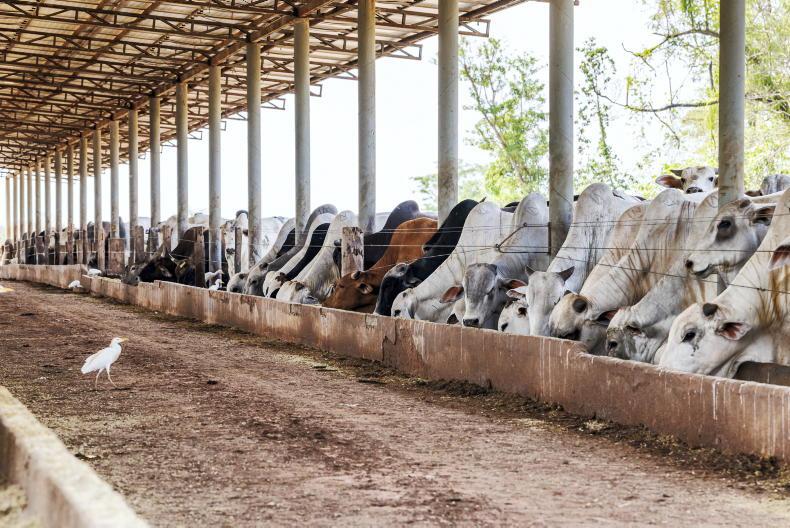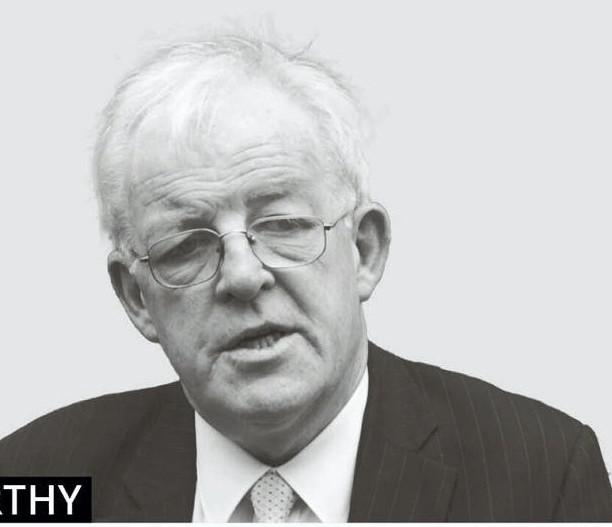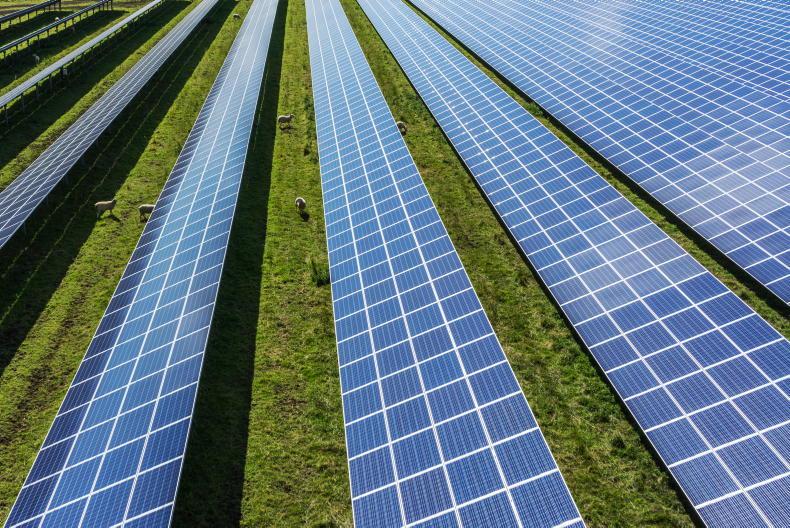With energy prices on the rise, Irish consumers are looking in every possible direction for ways to save on their monthly bills. Are smart meters part of the answer? Maybe. Are they going to save you money in the short term? That depends.
What is a smart meter?
Consumers need to understand how smart meters work in order to reap their benefits. Whether you want one or not, they are a necessary step in Ireland’s Climate Action Plan. The Government aims to have each household in the country moved to a smart meter by the end of 2024.
As of September, 2022, the CRU (Commission for the Regulation of Utilities) says 800,000 smart meters have been installed throughout the country, with 14,000 consumers actively using their smart meter.
If more consumers are expected to actively “use” their smart meter, they need to know what it is and how it works. Like other so-called smart technologies, a smart meter uses real-time data to assess how much electricity you use in your household.
A smart meter can tell you when your busiest usage times of day are and can help you a) change your behaviour to help lower bills and lower consumption and b) get better billing plans from suppliers as they become available.
At the moment, the biggest issue surrounding smart meters is with time of use (also called smart) tariffs. Electricity suppliers currently offer a limited amount of time of use tariff plans. Consumers on such plans have complained that their rates are either the same or, in some cases, more expensive than when they were on standard rates. The way smart meters are currently billed, seemingly, won’t save you much money.
CRU
We reached out to Karl Richardson, who is head of communications at the CRU. He says the roll-out of smart meters is imminent for all households and likely necessary for many older farmhouses, in particular.
“The reality is that all meters have to be replaced at some stage,” he explains. “Older rural houses may have an analogue meter which is no longer useful or recording accurately. All meters produced now and replaced are automatically smart meters because they give that one single benefit of accurate readings every time.”
In Ireland, we are still at the start of our smart meter journey. The plan to switch households over to smart meters will take a significant infrastructural change. Karl says the roll-out has been designed to not only benefit the economy and the environment, but consumers, as well.
“There are already benefits,” he says. “If you have a smart meter in your house, you will no longer have an ‘estimated bill’ leading to those nasty ‘catch-up’ bills.”
Time of use tariffs
Current smart meter tariffs on offer from suppliers will not necessarily save you money on your monthly bill. However, when you see the breakdown of the most expensive times of the day (for example, 5-7pm, when most households will be using the most electricity), you may be encouraged to shift your behaviour.
Maybe you will start milking the cows at 4pm instead of 5pm. Maybe your family will enjoy an earlier dinner. Some behaviours can’t be changed, but taking a look at what can will benefit your monthly bills.
Options to come
As more households start using their smart meters actively, Karl says suppliers will increase their tariffs offerings. After all, smart technology is supposed to make our lives easier and be tailor-made to suit our lifestyles – smart tariffs should also reflect this.
“As more meters are installed into houses you’ll expect to see the market increase,” he says. “This will enable consumers to look at tariffs or a price plan, to find one which suits everyone’s needs.
“At the moment, all the main suppliers have to offer at least one smart tariff [option] and [some offer] up to four,” he continues. “As more people are looking for smart tariffs, those offerings will grow. The important thing is if you’ve looked at a smart tariff and felt it wasn’t useful based on your usage, just wait – or look at another supplier.”
Ultimately, if a smart tariff plan doesn’t look like it will suit your household, there is no need to take on a smart tariff plan.
“Nobody is made to take a smart tariff - it has to make sense for the consumer.”
Data
We can assume that consumer trust in energy providers is in a fragile place after so many price increases within the last year. Can we trust that they will use our data to make decisions and pricing plans which are in our best interest?
“We understand people’s concerns,” Karl says. “None of the data used will be shared with anybody outside of ESB networks without opt-in or permission. Even then, that might only be shared with your supplier and will allow the supplier to look at what tariffs might benefit your usage. ESB networks have always been the network providers and have strong procedures and protection in place for that.
“However,” he continues, “Until you share your data, you won’t be able to benefit or see the comparison for tariffs. At the end of this year, ESB networks will produce a data portal for all smart meter users. You can go online, put in your meter number and you will be able to see your energy pattern usage. Then, you can go to suppliers and take up a tariff like something with a free Saturday of electricity use.”
Contact your electricity provider to find a price plan which best suits your usage. If you don’t find one, you should find a new provider. Once installed, it takes 30 days for your smart meters to establish its connection to ESB Networks’ secure communications network. At that time, your meter can be read remotely and you will be able to access new smart services offered by suppliers.
Every day, ESB Networks will collect data from your smart meter. This will state the amount of electricity used over the last 24-hours. This data will provide accurate billing and support you in switching suppliers or moving premises.Your smart meter will collect data on your electricity use every 30 minutes for a detailed breakdown of the electricity consumed. Read more
Consumer: The increasing cost of rural hospitality
Rural Ireland's seniors at high risk for experiencing energy poverty this winter
With energy prices on the rise, Irish consumers are looking in every possible direction for ways to save on their monthly bills. Are smart meters part of the answer? Maybe. Are they going to save you money in the short term? That depends.
What is a smart meter?
Consumers need to understand how smart meters work in order to reap their benefits. Whether you want one or not, they are a necessary step in Ireland’s Climate Action Plan. The Government aims to have each household in the country moved to a smart meter by the end of 2024.
As of September, 2022, the CRU (Commission for the Regulation of Utilities) says 800,000 smart meters have been installed throughout the country, with 14,000 consumers actively using their smart meter.
If more consumers are expected to actively “use” their smart meter, they need to know what it is and how it works. Like other so-called smart technologies, a smart meter uses real-time data to assess how much electricity you use in your household.
A smart meter can tell you when your busiest usage times of day are and can help you a) change your behaviour to help lower bills and lower consumption and b) get better billing plans from suppliers as they become available.
At the moment, the biggest issue surrounding smart meters is with time of use (also called smart) tariffs. Electricity suppliers currently offer a limited amount of time of use tariff plans. Consumers on such plans have complained that their rates are either the same or, in some cases, more expensive than when they were on standard rates. The way smart meters are currently billed, seemingly, won’t save you much money.
CRU
We reached out to Karl Richardson, who is head of communications at the CRU. He says the roll-out of smart meters is imminent for all households and likely necessary for many older farmhouses, in particular.
“The reality is that all meters have to be replaced at some stage,” he explains. “Older rural houses may have an analogue meter which is no longer useful or recording accurately. All meters produced now and replaced are automatically smart meters because they give that one single benefit of accurate readings every time.”
In Ireland, we are still at the start of our smart meter journey. The plan to switch households over to smart meters will take a significant infrastructural change. Karl says the roll-out has been designed to not only benefit the economy and the environment, but consumers, as well.
“There are already benefits,” he says. “If you have a smart meter in your house, you will no longer have an ‘estimated bill’ leading to those nasty ‘catch-up’ bills.”
Time of use tariffs
Current smart meter tariffs on offer from suppliers will not necessarily save you money on your monthly bill. However, when you see the breakdown of the most expensive times of the day (for example, 5-7pm, when most households will be using the most electricity), you may be encouraged to shift your behaviour.
Maybe you will start milking the cows at 4pm instead of 5pm. Maybe your family will enjoy an earlier dinner. Some behaviours can’t be changed, but taking a look at what can will benefit your monthly bills.
Options to come
As more households start using their smart meters actively, Karl says suppliers will increase their tariffs offerings. After all, smart technology is supposed to make our lives easier and be tailor-made to suit our lifestyles – smart tariffs should also reflect this.
“As more meters are installed into houses you’ll expect to see the market increase,” he says. “This will enable consumers to look at tariffs or a price plan, to find one which suits everyone’s needs.
“At the moment, all the main suppliers have to offer at least one smart tariff [option] and [some offer] up to four,” he continues. “As more people are looking for smart tariffs, those offerings will grow. The important thing is if you’ve looked at a smart tariff and felt it wasn’t useful based on your usage, just wait – or look at another supplier.”
Ultimately, if a smart tariff plan doesn’t look like it will suit your household, there is no need to take on a smart tariff plan.
“Nobody is made to take a smart tariff - it has to make sense for the consumer.”
Data
We can assume that consumer trust in energy providers is in a fragile place after so many price increases within the last year. Can we trust that they will use our data to make decisions and pricing plans which are in our best interest?
“We understand people’s concerns,” Karl says. “None of the data used will be shared with anybody outside of ESB networks without opt-in or permission. Even then, that might only be shared with your supplier and will allow the supplier to look at what tariffs might benefit your usage. ESB networks have always been the network providers and have strong procedures and protection in place for that.
“However,” he continues, “Until you share your data, you won’t be able to benefit or see the comparison for tariffs. At the end of this year, ESB networks will produce a data portal for all smart meter users. You can go online, put in your meter number and you will be able to see your energy pattern usage. Then, you can go to suppliers and take up a tariff like something with a free Saturday of electricity use.”
Contact your electricity provider to find a price plan which best suits your usage. If you don’t find one, you should find a new provider. Once installed, it takes 30 days for your smart meters to establish its connection to ESB Networks’ secure communications network. At that time, your meter can be read remotely and you will be able to access new smart services offered by suppliers.
Every day, ESB Networks will collect data from your smart meter. This will state the amount of electricity used over the last 24-hours. This data will provide accurate billing and support you in switching suppliers or moving premises.Your smart meter will collect data on your electricity use every 30 minutes for a detailed breakdown of the electricity consumed. Read more
Consumer: The increasing cost of rural hospitality
Rural Ireland's seniors at high risk for experiencing energy poverty this winter










SHARING OPTIONS